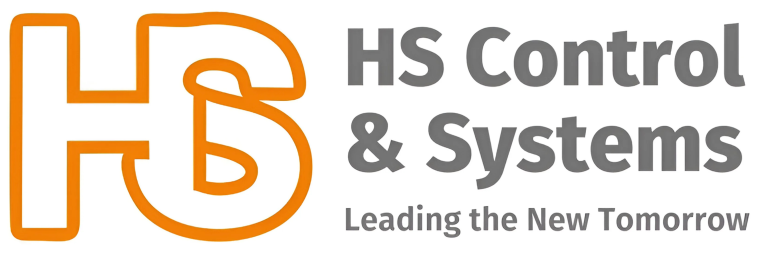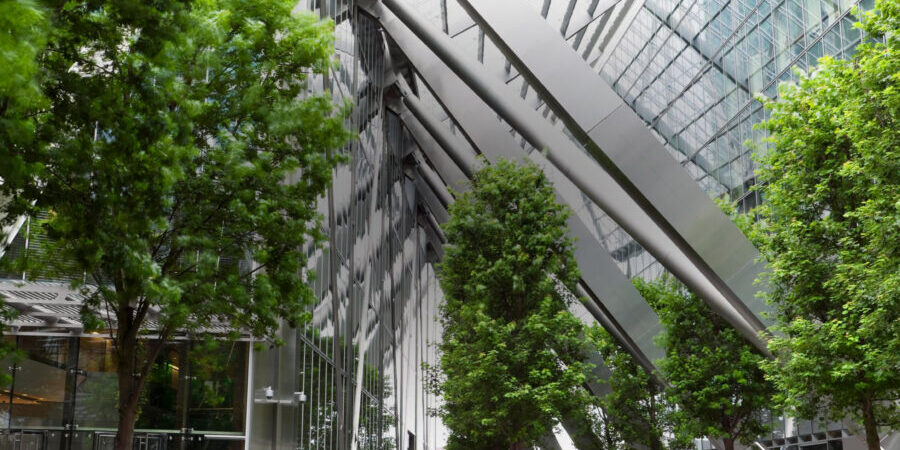What is the Indoor Environmental Quality?
IEQ (Indoor Environmental Quality) concerns the set of parameters that defines the environmental quality, the degree of healthiness and well-being of a confined environment. The factors that define IEQ are: thermal environment, lighting, acoustics and indoor air quality (IAQ).
IEQ is the result of both the design solutions (choice of construction materials, architectural solutions and furnishings), and the choice of the regulation and efficiency of the technical systems for heating, cooling and ventilation.
Why monitoring Indoor Environments?
In recent years, attention to the conditions of confined spaces has increased significantly. The population of European cities spends, on average, 95-97% of their time indoors. Living and working in healthy and comfortable environments has very important objective consequences, while a low level of IEQ can have a very negative impact on occupants’ performance, health and psyche.
The management of IEQ requires a monitoring strategy in order to verify the various environmental variables, both in the initial phase of project verification and during the use and maintenance of the building.
IEQ and energy saving: when design helps
Achieving ideal IEQ conditions may require high energy consumption, for artificial lighting, ventilation, air conditioning and heating. Therefore, a careful and conscious design of the building is necessary to combine individual comfort and energy saving.
Our professional solutions
The classification of buildings is carried out with the measurement of environmental variables and data processing according to the criteria defined by the norms. The values obtained are then verified according to the limits required for the purpose of classification.
we have been producing instrumentation for the evaluation of environments from the point of view of the thermal perception of the occupants, the quantity of light, the evaluation of pollutants and ventilation.
we offer systems where many of the necessary calculations are already available as “derived quantities” obtained directly on the data logger or with post-processing calculations via software. Other elaborations can be subsequently processed via software based on the data reports downloaded from the data logger.
Applications
- Monitoring of healthiness of indoor environments
- Evaluation of technical and architectural elements with respect of their capacity of creating optimal environmental quality in a building
- Evaluation of air quality with respect to artificial or natural ventilation
- Integration of natural and artificial light for optimal illumination.
- Regulate thermal plants to create optimal thermal comfort with the least expenditure of energy



